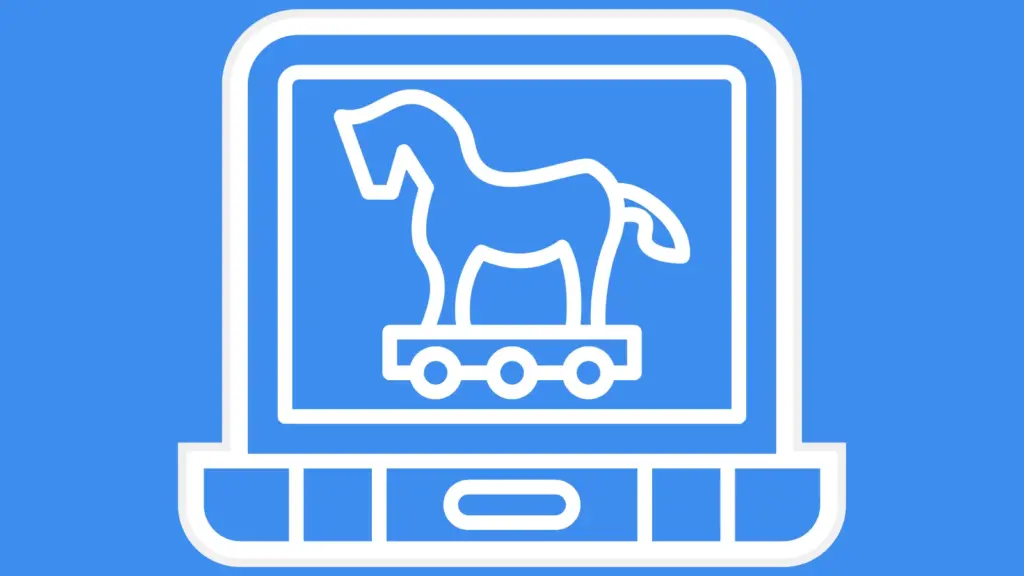Understanding Trojans: The Silent Cyber Threat

In the realm of cybersecurity, one of the most insidious threats comes in the form of Trojan horses, commonly known as Trojans. Named after the ancient Greek myth, these malicious programs can cause severe damage to your computer systems and compromise sensitive information. In this blog post, we’ll explore what Trojans are, how they operate, their potential risks, and how to safeguard against them.
What is a Trojan?
A Trojan is a type of malicious software (malware) that disguises itself as legitimate software to trick users into installing it on their devices. Unlike viruses or worms, Trojans do not replicate themselves but instead rely on users to inadvertently execute the malware.
How Trojans Work
Trojans often disguise themselves as useful applications or files, luring users into downloading and executing them. Once installed, they can perform various harmful actions, including:
- Data Theft: Trojans can steal sensitive information such as usernames, passwords, credit card numbers, and other personal data.
- Remote Access: Some Trojans create backdoors, allowing attackers to gain remote access to the infected system, enabling them to control the device without the user’s knowledge.
- System Damage: Trojans can corrupt or delete files, alter system settings, and disrupt normal operations, causing significant damage to the system.
- Payload Delivery: Certain Trojans are designed to download and install additional malware, such as ransomware or keyloggers, increasing the overall threat level.
Types of Trojans
- Backdoor Trojans: These create unauthorized access points for attackers, allowing them to control the infected system remotely.
- Downloader Trojans: These download and install other malicious programs on the infected device, acting as a gateway for further attacks.
- Infostealers: These Trojans are designed specifically to gather and transmit sensitive information, such as login credentials and personal data.
- Ransomware Trojans: These encrypt files on the victim’s system and demand a ransom payment to restore access.
- Banking Trojans: These target online banking sessions, capturing sensitive financial information such as login credentials and transaction details.
How to Prevent Trojan Attacks
1. Install Reliable Antivirus Software
A robust antivirus solution is your first line of defense against Trojans and other malware. Ensure that the software is regularly updated to recognize the latest threats. Many antivirus programs offer real-time protection, scanning files as they are downloaded or executed.
2. Keep Software Updated
Regularly update your operating system, applications, and antivirus software. Software updates often include security patches that protect against vulnerabilities that Trojans can exploit.
3. Exercise Caution with Downloads
Be cautious when downloading software or files, especially from unknown or untrusted sources. Always verify the legitimacy of the source and read user reviews before installation.
4. Avoid Clicking Suspicious Links
Phishing emails or malicious advertisements may contain links that lead to Trojan downloads. Be wary of unsolicited emails and do not click on links or download attachments from unknown senders.
5. Use Firewalls
Firewalls can help protect your network by blocking unauthorized access and monitoring outgoing traffic. Ensure that both hardware and software firewalls are enabled and configured correctly.
6. Regular Backups
Regularly back up your data to an external drive or cloud storage. In case of a Trojan infection that leads to data loss, you can restore your files from a backup, minimizing damage.
7. Educate Users
Training employees and users about cybersecurity best practices is essential. Ensure that they understand the risks associated with Trojans and how to recognize suspicious behavior online.
8. Monitor System Activity
Keep an eye on unusual system behavior, such as unexpected crashes, slow performance, or unauthorized access attempts. Monitoring tools can help detect anomalies that may indicate a Trojan infection.
Conclusion
Trojans represent a significant threat in the world of cybersecurity, exploiting human trust to gain access to systems and data. By understanding how they work and implementing preventive measures, you can protect your devices and sensitive information from these silent attackers. Stay informed, remain vigilant, and prioritize cybersecurity to safeguard your digital life.
